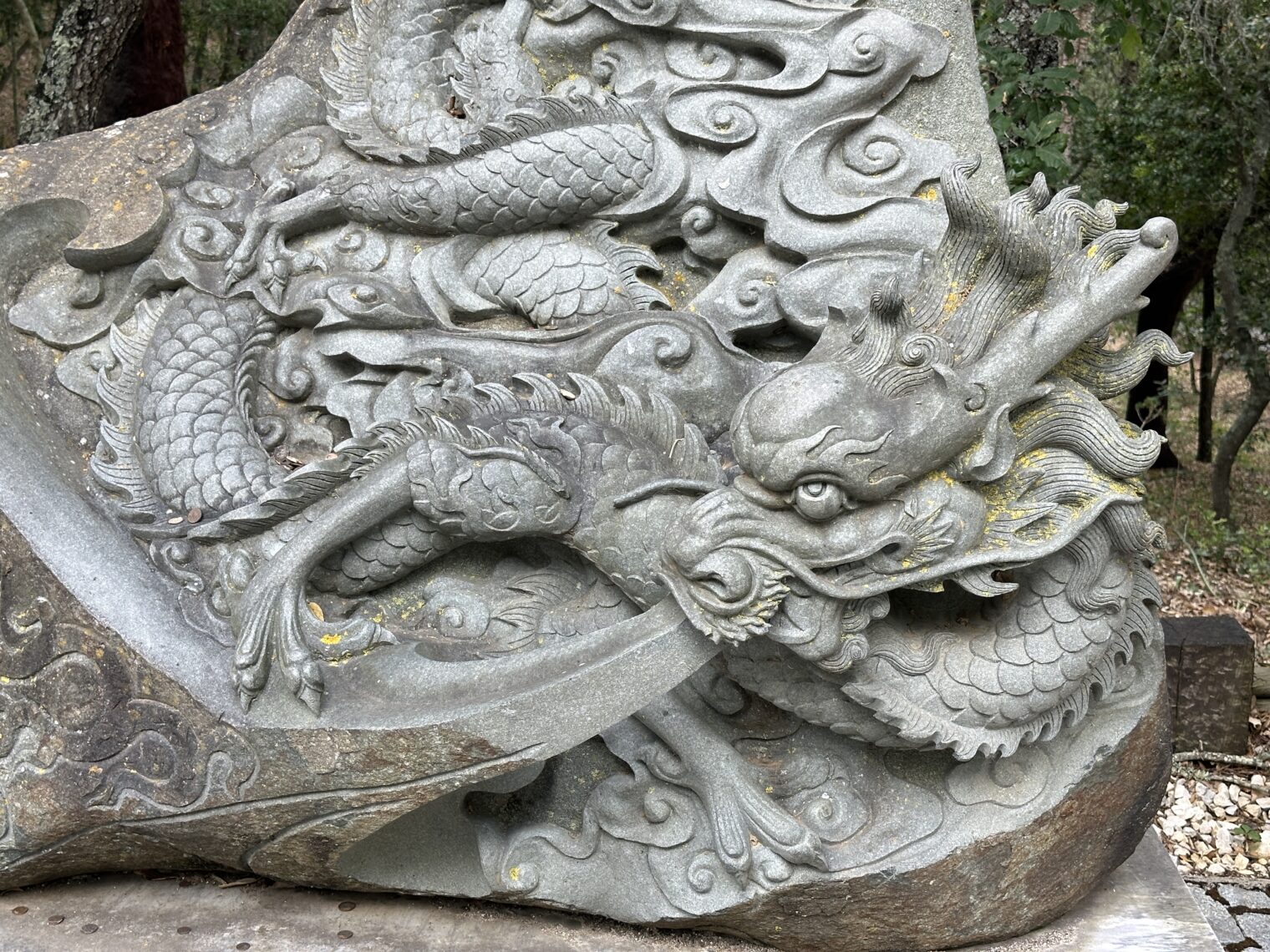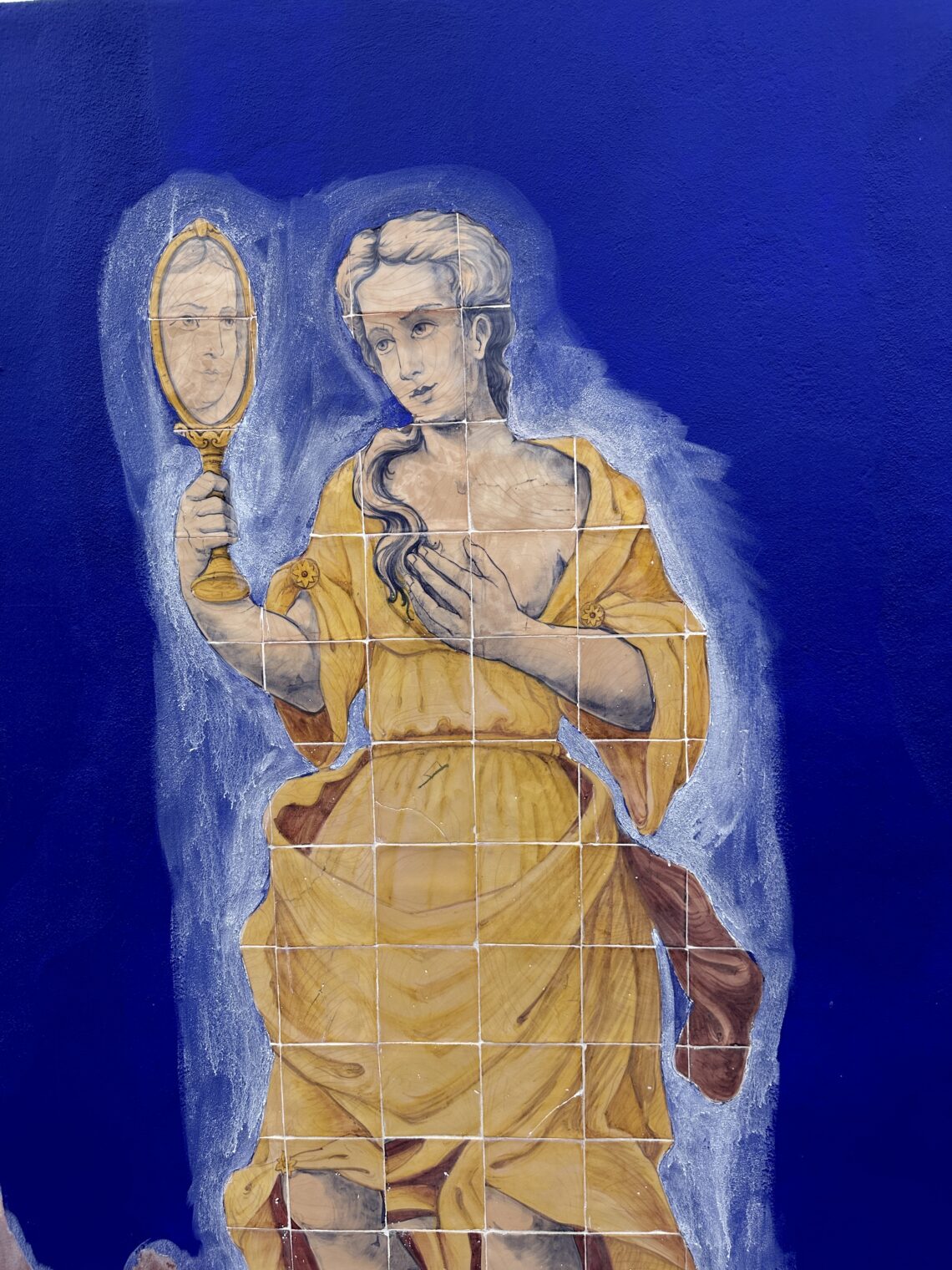How does the EU stay together when France and the eastern nations have such different goals?
France, the second largest economy in the EU, has voted for central planning and to maximize low-skill immigration (the glass ceiling for female leaders that Marine Le Pen hoped to shatter was apparently made from Florida-style hurricane laminates). That’s the right of voters in a democracy (maybe we’ll see the same thing here in November), but it seems confusing that France can be part of the same political entity, with a lot of share policy, as the eastern European nations whose citizens prefer a market economy and to exclude low-skill immigrants (short of a cataclysmic war, the biggest imaginable transformational force for any country).
How can a Eurocrat in Brussels set a policy that will be accepted by both Estonia and France, for example?
From the Iranians: “During the victory rally of the left coalition in the French parliamentary elections’ second round on Sunday evening, supporters of the left coalition and social democrats held more Palestinian flags than French flags.”
As a Muslim nation (as measured by number of hours devoted to religious observance) and one with a highly centralized and powerful government, maybe France would fit better into the Arab League? Muammar Gaddafi’s Libya was in the Arab League and implemented an Arab-Islamic Socialism.
Note that Science proves that what France needs is a larger role for government in its economy and more low-skill immigration. “Scientists relieved by far-right defeat in French election” (Nature magazine):
RN had been tipped to achieve a majority after winning the first round of voting on 30 June, and scientists feared that this could spell cuts for research budgets, restrictions on immigration and the introduction of broad climate scepticism into France’s lower house of parliament, the National Assembly.
Here are immigrant Scientists learning French back in 2018 (arabnews.com):
Why do they need to learn French if English is the international language of Science? “‘At least half of Paris crime is committed by foreigners,” said Macron (Le Monde), but it is unclear if he meant PhD biologists were perpetrating crime or PhD chemists.
Related (all from France’s “greatest living writer”):
- What would a polygamous France look like?
- Submission: Michel Houellebecq on the academic life that he never led
- Michel Houellebecq: Donald Trump Is a Good President








































